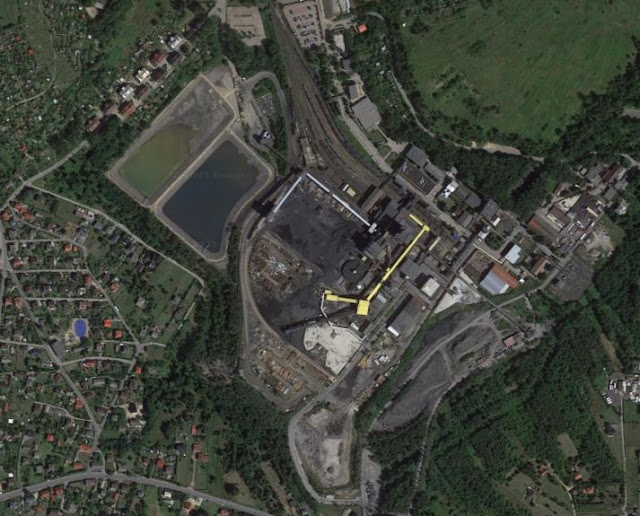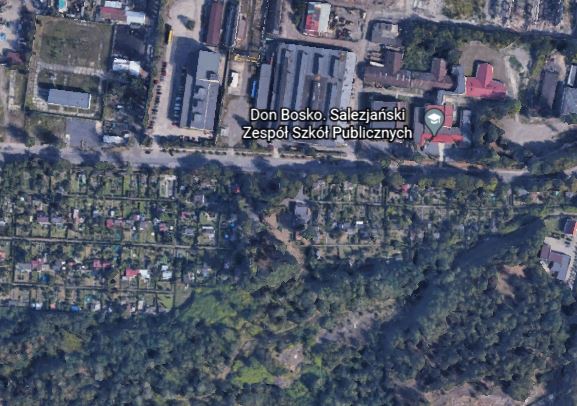Lagischa

Lagischa was established in September 1943 in the Łagisza suburb of Bedzin to assist in the construction of an electric power station by Energie-Versorgung Oberschlesien (EVO) corporation. There were initially 300 prisoners in the camp, later increasing to 500 and then 725 at peak capacity in August 1944. They were accommodated in four barracks and there was also an outpatient clinic building an infirmary and three storage barracks. The prisoners were set to work constructing a railway siding, demolishing houses and other buildings, digging ditches and unloading machinery and construction materials. However, the project to build the power station was cancelled in September 1944 and the camp was closed down. Some of the prisoners were transferred to Sosnowitz and Neu-Dachs. The remainder went to Auschwitz I. The camp was commanded by Unterscharführer Horst Czerwinski. It was guarded by more than 30 SS men who treated the prisoners brutally, beating them wit...





